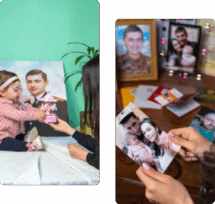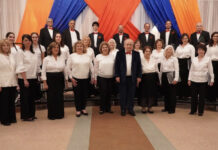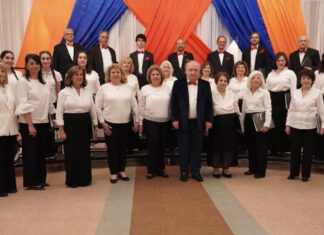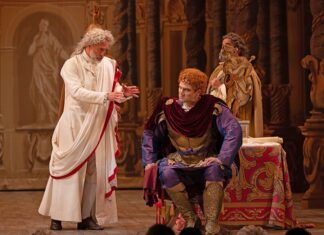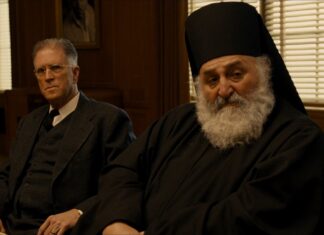By Betty Apigian Kessel
DETROIT — The reasons were many and varied for attending the Thursday, March 31, opening of what Dallas-based artist Robert Barsamian called “20 Years- Searching for the Answer,” sponsored by the Holocaust Memorial Center Zekelman Family Campus in Farmington Hills and Armenian benefactors in a collaboration with the Holocaust Center and United Michigan Armenian Committee.
It had been a longtime dream of recentlydeceased community leader and philanthropist businessman, Edgar Hagopian, to establish ties with the Memorial Center and in some way to have their acknowledgement of the Armenian Genocide. Barsamian’s art depicting the tragedy of those years is hopefully just the beginning of a new and important alliance.
Hagopian passed away on March 27 and his Dan Gark prayer service was being held the evening of March 31. It is ironic that Robert Barsamian’s exhibit of Genocide art was being launched simultaneously while prayers for Hagopian were being recited.
